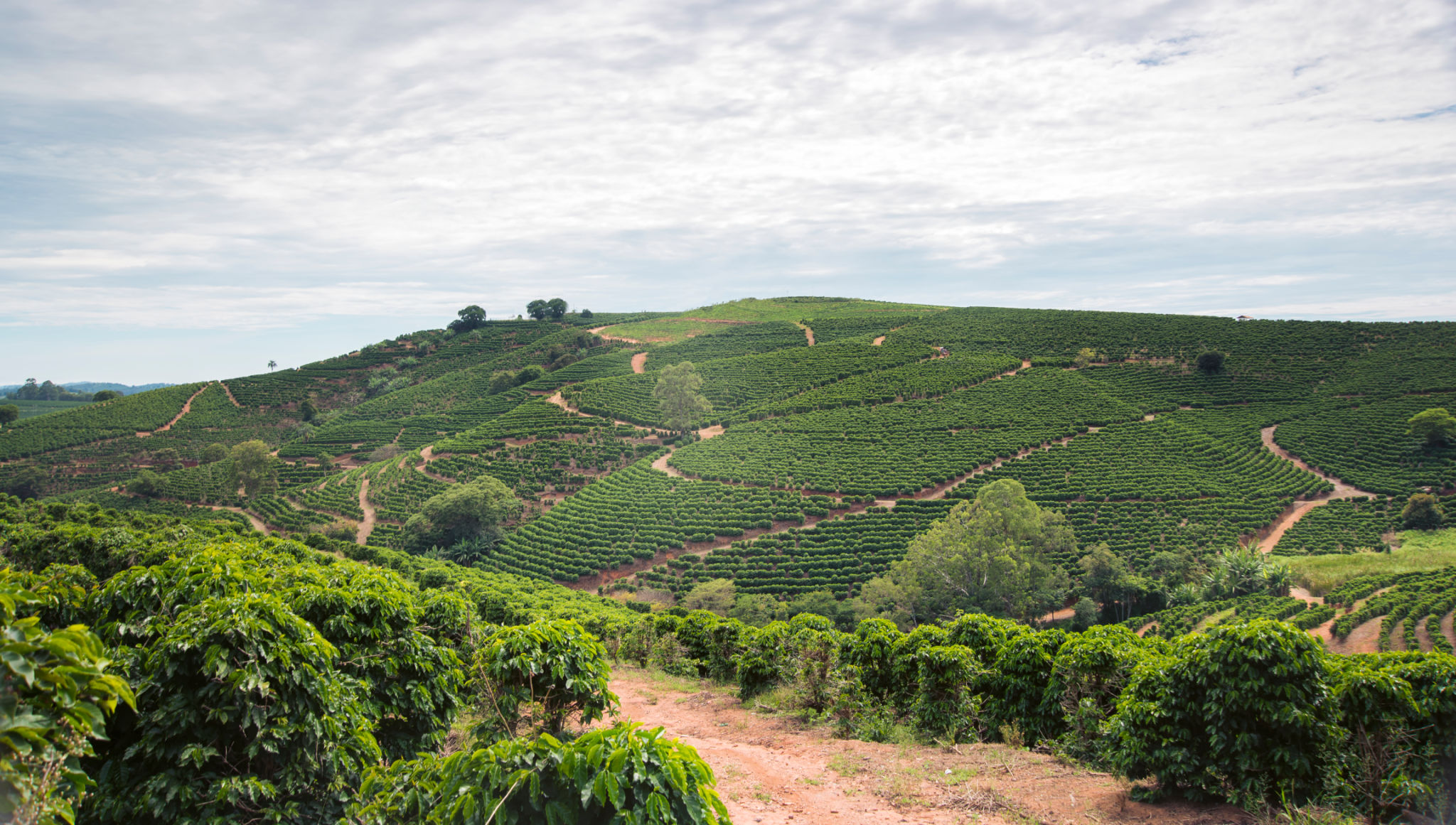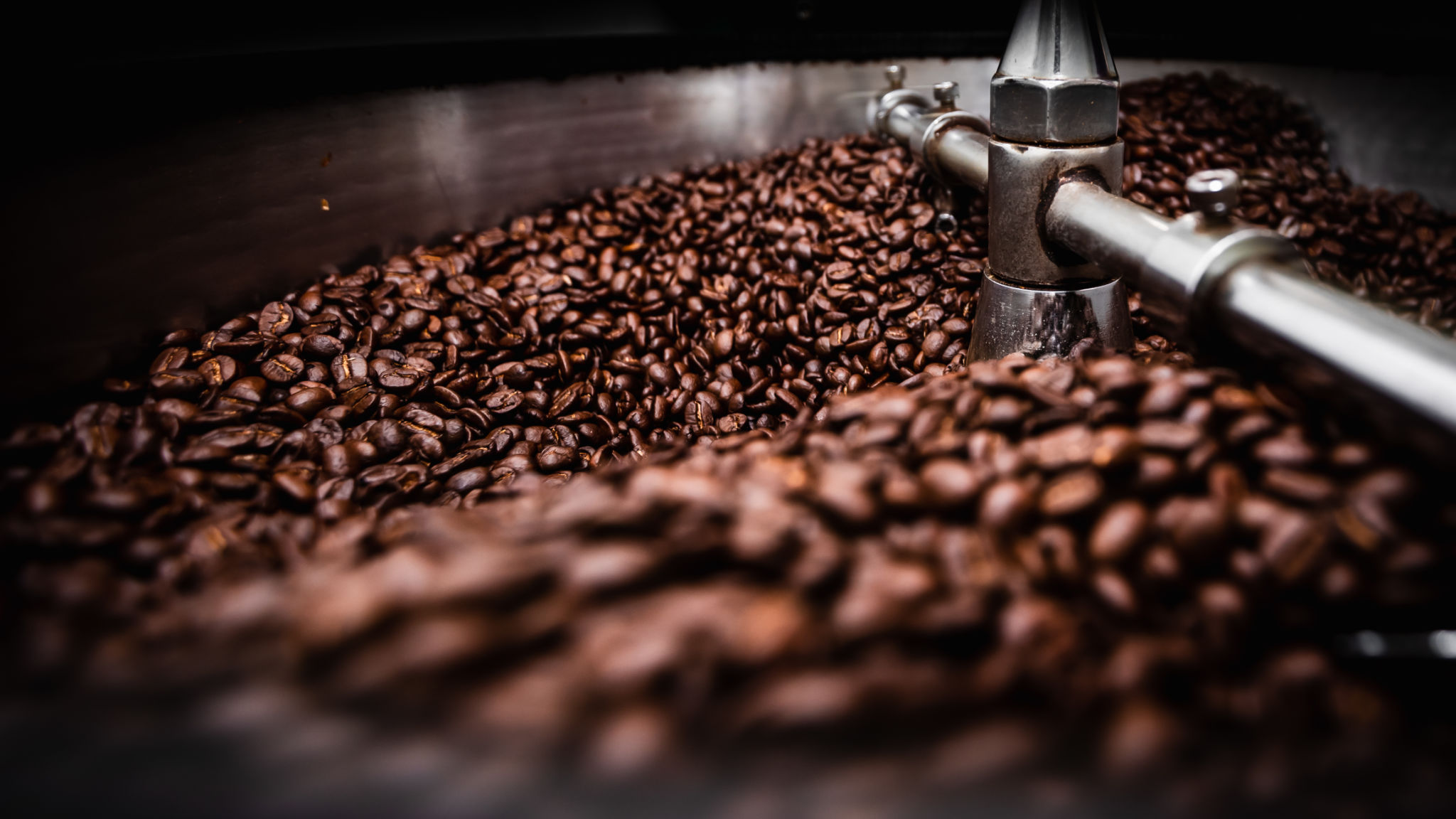From Bean to Cup: Understanding the Journey of Your Coffee
The Origins of Your Coffee
The journey of coffee begins in tropical regions, primarily located along the equator, known as the "Coffee Belt." Countries like Brazil, Colombia, Ethiopia, and Vietnam are renowned for their high-quality beans due to their ideal growing conditions. Coffee plants thrive in these regions thanks to the rich soil, adequate rainfall, and optimal altitudes.
Coffee beans are actually seeds found inside the cherries of the coffee plant. Farmers carefully harvest these cherries during the peak season to ensure maximum flavor and quality. The method of harvesting can vary, with some opting for hand-picking to select only ripe cherries, while others may use machines for efficiency.

Processing the Coffee Cherries
Once harvested, the cherries undergo processing to extract the beans. This step is crucial as it significantly impacts the flavor profile of the coffee. There are two main methods of processing: the dry method and the wet method. The choice between these methods often depends on regional practices and environmental conditions.
The dry method involves spreading the cherries out in the sun to dry naturally. This traditional technique can take up to several weeks and requires frequent turning to ensure uniform drying. The wet method, on the other hand, involves pulping the cherries to remove the outer fruit, followed by fermentation and washing.
Roasting: Bringing Out the Flavor
Once processed and dried, the green coffee beans are ready for roasting. Roasting is an art form that transforms the beans through heat, unlocking their aromatic oils and flavors. The roast profile can vary from light to dark, each offering distinct taste notes and characteristics.

Light roasts generally retain more of the original bean's flavor and acidity, while dark roasts develop a bolder, more robust taste. The choice of roast depends on personal preference and desired flavor profile. Expert roasters carefully monitor temperature and time to achieve the perfect roast.
The Art of Brewing
After roasting, the beans are ground to a specific consistency based on the brewing method. Whether it’s espresso, French press, or a drip coffee maker, each method requires a different grind size to optimize extraction and flavor.
Brewing coffee is both a science and an art. Factors such as water temperature, brewing time, and coffee-to-water ratio all contribute to the final cup's taste. Coffee enthusiasts often experiment with these variables to discover their perfect brew.

Savoring Your Cup
Finally, from bean to cup, the journey culminates in that first sip. The complex flavors and aromas that emerge are a testament to the meticulous process that brought your coffee to life. Whether enjoyed black or with milk and sugar, coffee remains a beloved beverage around the world.
The next time you savor your morning brew, take a moment to appreciate its journey. From the hands of diligent farmers to skilled roasters and baristas, each step contributes to the delightful experience in your cup.